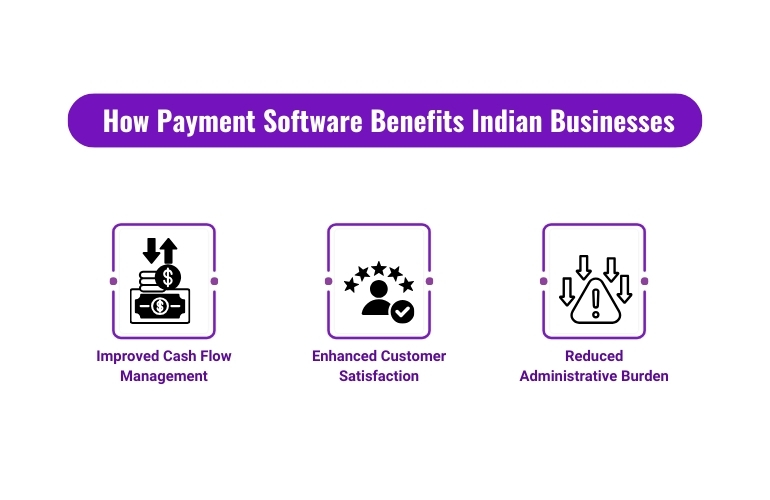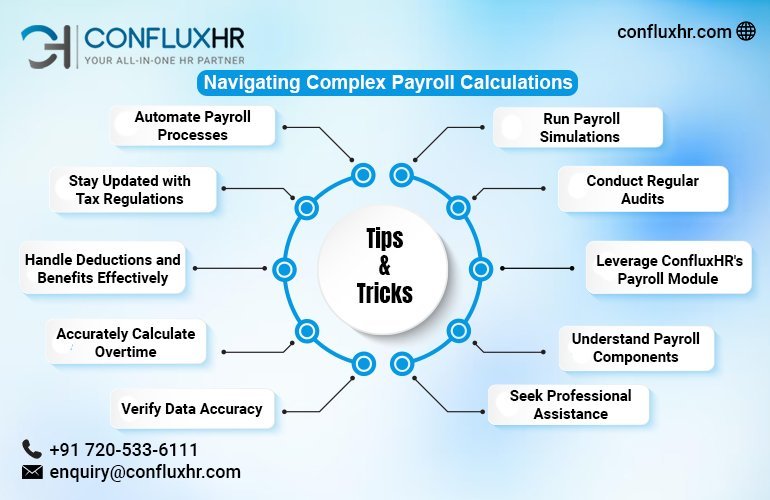In the bustling, dynamic landscape of the Indian market, time truly is money. Whether you’re running a small business or a large enterprise, ensuring that payments are processed on time is crucial. Late payments can lead to a cascade of issues, from strained supplier relationships to disrupted cash flow. But in a market as complex as India, with its diverse payment methods and regulatory landscape, how can businesses consistently ensure prompt payments?
The answer lies in robust, reliable payment software. Tailored specifically for the Indian market, this software is designed to overcome the unique challenges businesses face, ensuring that payments are on time, every time.
The Need for Reliable Payment Solutions in India
India’s financial landscape is as diverse as its culture. From the rise of digital wallets like Paytm to the dominance of UPI (Unified Payments Interface), the way businesses and consumers handle transactions is constantly evolving. Add to that the stringent regulatory requirements imposed by the Reserve Bank of India (RBI) and the Goods and Services Tax (GST), and it becomes clear that managing payments in this environment is no easy task.
Market Dynamics
In India, businesses must navigate a variety of payment methods, each with its own set of challenges. UPI, credit/debit cards, NEFT/RTGS bank transfers, and even cash payments—all these methods must be managed efficiently to ensure seamless operations. Timely payments are not just about fulfilling obligations; they are also about maintaining a good reputation in a market where trust and reliability are paramount.
Common Challenges
Despite the advancements in digital payments, businesses in India often face several challenges. Payment delays, whether due to manual errors or system inefficiencies, can severely impact cash flow. Integration issues between different payment systems can lead to discrepancies, while compliance with the ever-evolving regulatory requirements can be overwhelming. Without a streamlined approach, businesses risk falling behind in this fast-paced market.
Key Features of Effective Payment Software
So, how can payment software address these challenges and ensure that your business runs smoothly? Let’s explore some of the key features that make payment software an indispensable tool for Indian businesses.
Automated Payment Processing
One of the most significant advantages of using payment software is automation. Automated payment processing ensures that transactions are completed on time, reducing the risk of human error. Whether it’s scheduling recurring payments or processing bulk transactions, automation saves time and reduces the likelihood of delays.
Multi-Channel Payment Support
In India, the diversity of payment methods is both a boon and a challenge. Effective payment software supports multiple channels, including UPI, credit/debit cards, and bank transfers, ensuring that businesses can cater to the preferences of their customers and partners. This flexibility is crucial in a market where payment preferences vary widely across different regions and demographics.
Compliance and Security
Navigating the regulatory landscape in India requires a payment solution that is both compliant and secure. Payment software is designed to adhere to Indian financial regulations, including GST and RBI guidelines. Additionally, it offers robust security features, such as encryption and fraud detection, to protect sensitive financial data and ensure that transactions are secure.
How Payment Software Benefits Indian Businesses
The benefits of implementing payment software go beyond just timely transactions. It has a profound impact on various aspects of business operations, contributing to overall growth and efficiency.
Improved Cash Flow Management
On-time payments directly translate to better cash flow management. When payments are processed without delay, businesses can maintain a healthy cash flow, which is essential for day-to-day operations. This, in turn, allows businesses to invest in growth opportunities and meet their financial obligations without stress.
Enhanced Customer Satisfaction
In the Indian market, trust is a currency of its own. Timely payments not only strengthen relationships with suppliers and partners but also build customer trust. When businesses consistently meet their payment commitments, they establish themselves as reliable and trustworthy, leading to long-term customer satisfaction and loyalty.
Reduced Administrative Burden
Managing payments manually can be a time-consuming and error-prone task. Payment software automates much of this process, reducing the administrative burden on staff. This allows businesses to focus on more strategic activities, such as expanding their market presence or developing new products and services.
Choosing the Right Payment Software for Your Business
With so many payment software options available in the market, how do you choose the right one for your business? Here are some factors to consider.
Factors to Consider
When selecting payment software, ease of integration with existing systems is critical. The software should be scalable to grow with your business and offer excellent customer support to resolve any issues quickly. Additionally, the software should be user-friendly, enabling staff to manage payments efficiently without needing extensive training.
Top Payment Solutions
When it comes to payment software for the Indian market, ConfluxHR stands out as a top choice. Designed with comprehensive features, ConfluxHR offers robust UPI support, automated payment processing, and seamless integration with existing systems, making it a reliable option for businesses of all sizes.
For small businesses, Instamojo is a great choice, offering a user-friendly interface and affordable pricing plans that make managing payments simple and efficient. CCAvenue, another trusted name, provides a wide range of payment options and strong security features, catering to a diverse set of business needs.
Each of these options offers unique strengths, so it’s crucial to select the payment software that best aligns with your specific business requirements.
Customization and Flexibility
No two businesses are the same, and neither are their payment needs. The right payment software should offer customization options to fit specific business requirements. Whether it’s adjusting payment schedules, integrating with accounting software, or tailoring the interface to suit user preferences, flexibility is key to maximizing the software’s benefits.
Conclusion
In the fast-paced, competitive Indian market, timely payments are more than just a necessity—they are a critical component of business success. With the right payment software, businesses can ensure that transactions are processed on time, every time, leading to improved cash flow, enhanced customer satisfaction, and reduced administrative burdens.
Don’t wait until payment delays disrupt your operations. Explore reliable payment software solutions today and keep your business ahead of the curve. Your future success depends on it.







